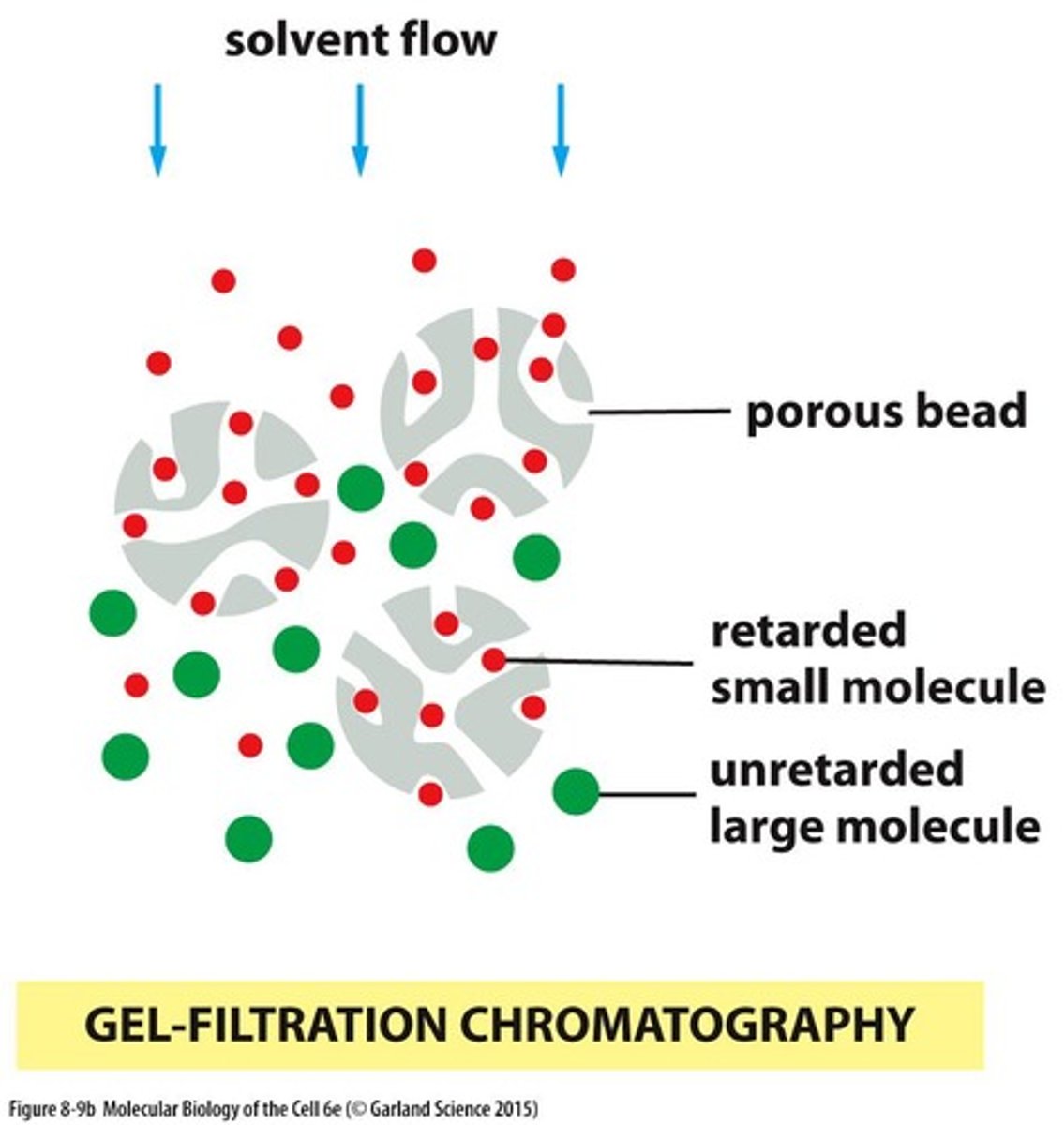Control of Gene Expression in Multicellular Organisms
1/28
There's no tags or description
Looks like no tags are added yet.
Name | Mastery | Learn | Test | Matching | Spaced |
|---|
No study sessions yet.
29 Terms
Gene Expression
Process of converting DNA to functional products.
Cell Types
Different cells with identical DNA but varied functions.
mRNA Spectrum
Unique mRNA profiles identify specific cell types.
Gene Regulation
Control at various stages from DNA to protein.
Transcription Regulators
Proteins that control gene transcription rates.
Dimerization
Pairing of transcription regulators for enhanced binding.
Cooperative Binding
Multiple regulators bind DNA simultaneously, increasing affinity.
Nucleosome Structure
DNA wrapped around histones, affecting transcription regulation.
Electrophoretic Mobility Shift Assay (EMSA)
Technique to detect protein-DNA binding interactions.
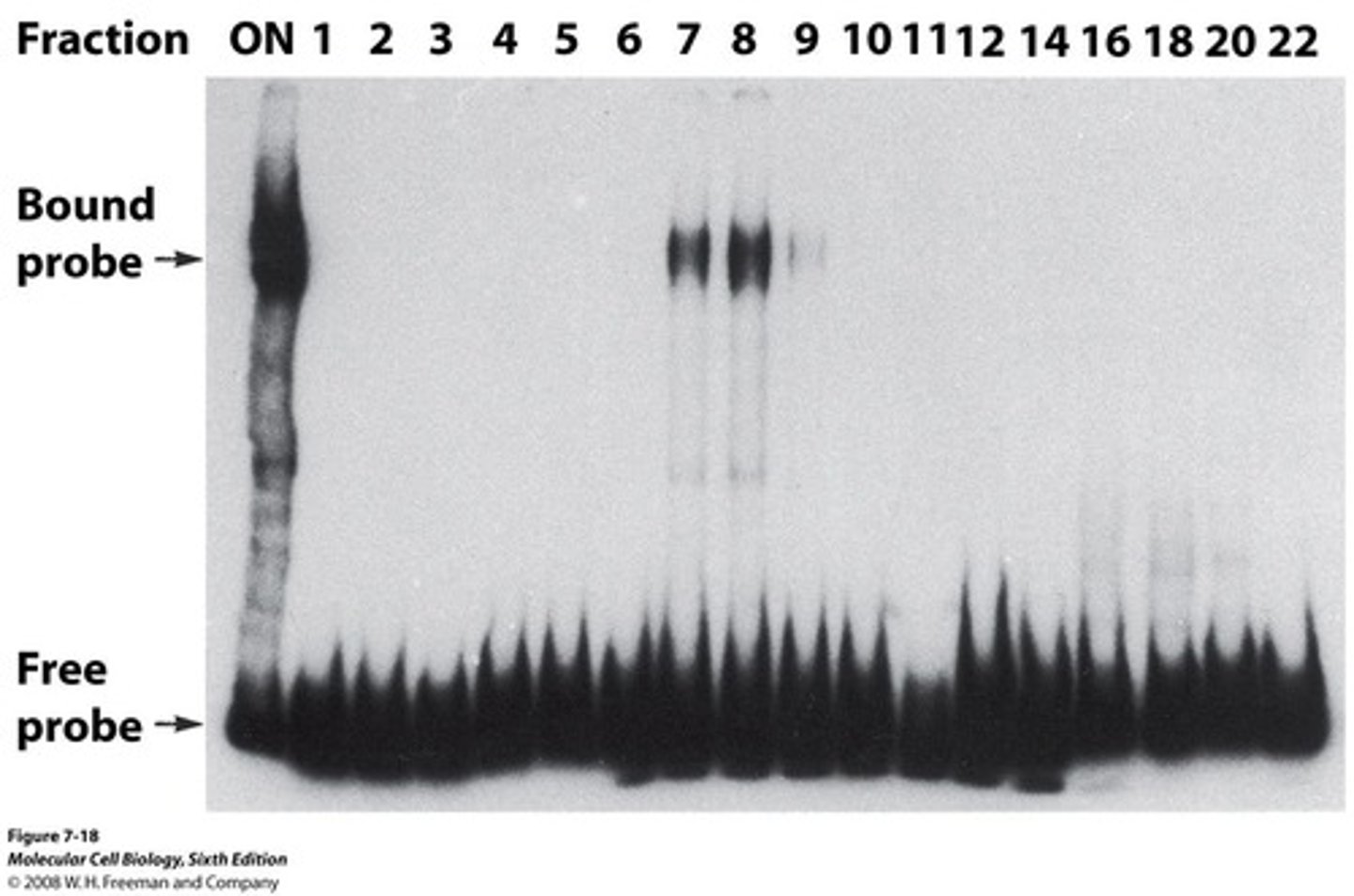
DNA Footprinting
Identifies DNA regions bound by proteins using digestion.
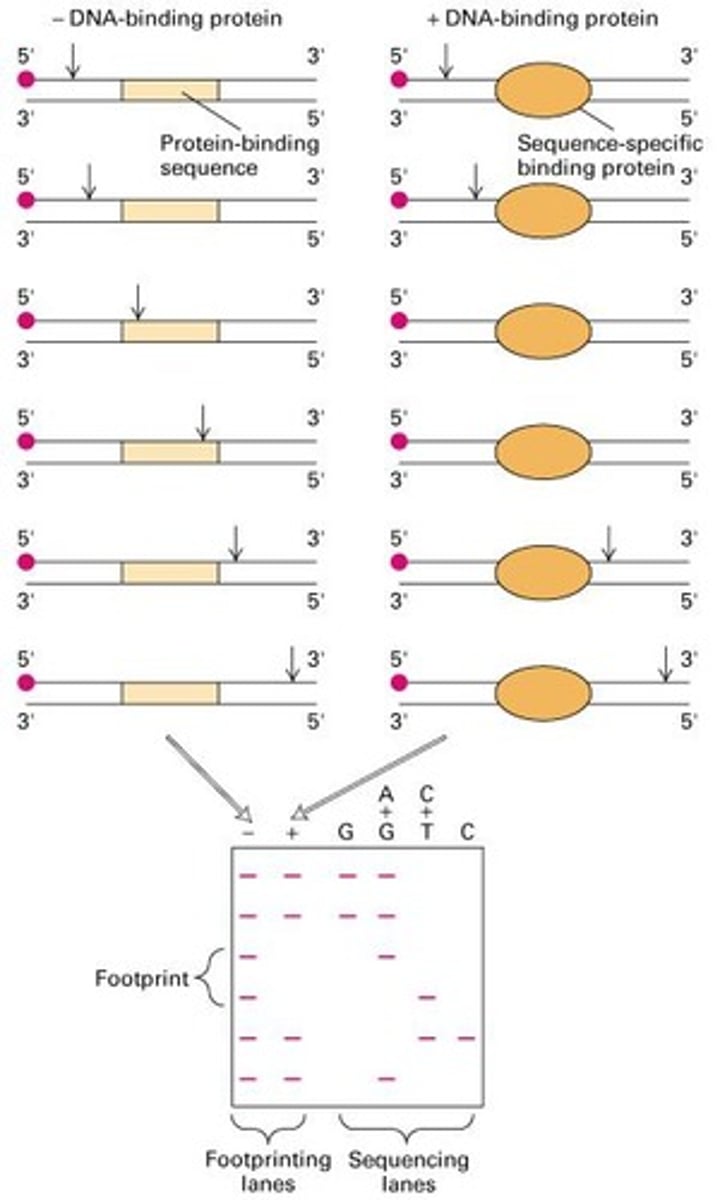
SDS-PAGE
Technique separating proteins by size after denaturation.

Western Blotting
Detection of specific proteins using antibodies.

Acetylation
Addition of acetyl groups, modifying histones for activation.
Repressors
Proteins that inhibit gene expression.
Activators
Proteins that enhance gene transcription.
Lac Operon
Gene cluster regulated by both activators and repressors.
Combinatorial Gene Control
Multiple regulators create diverse cell types.
DNA Methylation
Chemical modification affecting gene expression and inheritance.
Post-Transcriptional Control
Regulation of gene expression after mRNA synthesis.
Yeast Two-Hybrid System
Method to study protein-protein interactions.
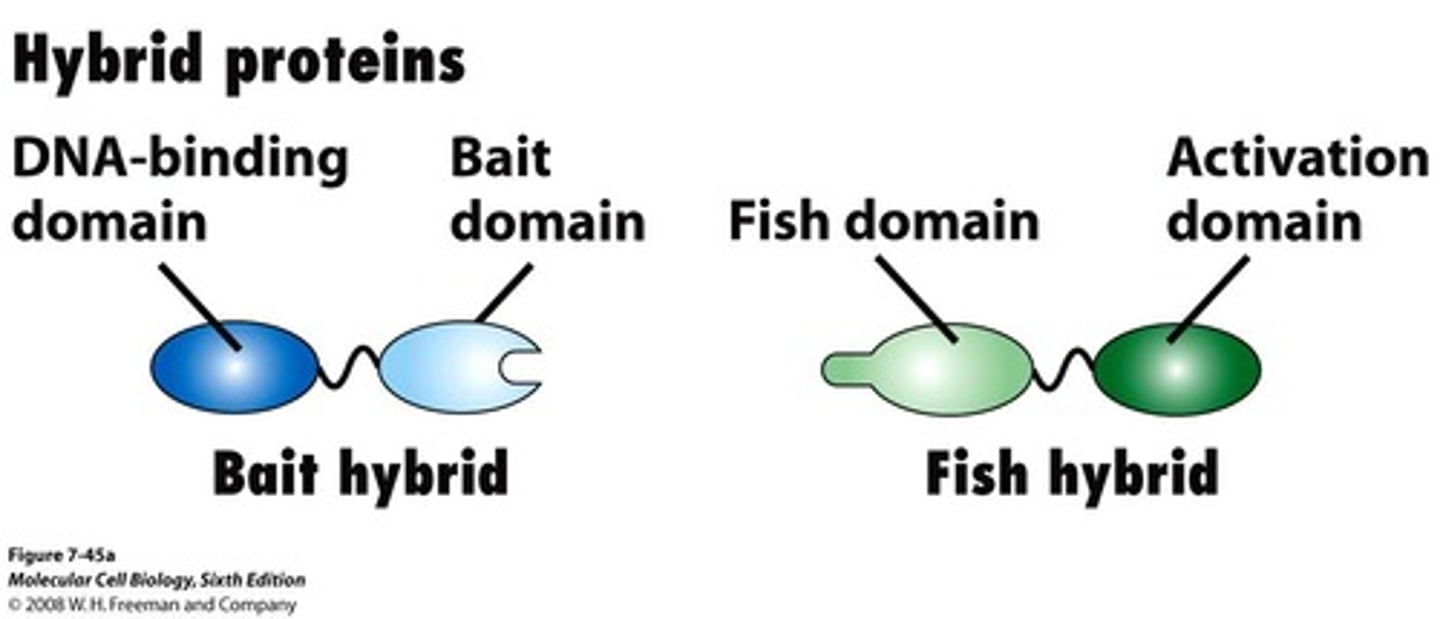
Co-immunoprecipitation
Technique to isolate proteins interacting with a target.
Transcription Activators
Proteins that facilitate RNA polymerase assembly.
Synergistic Action
Cooperative function of multiple transcription factors.
Master Transcription Regulators
Key proteins determining cell identity and function.
Cell Memory
Mechanisms maintaining cell identity through generations.
Protein Purification Techniques
Methods to isolate proteins based on properties.
Affinity Chromatography
Technique using specific interactions to purify proteins.
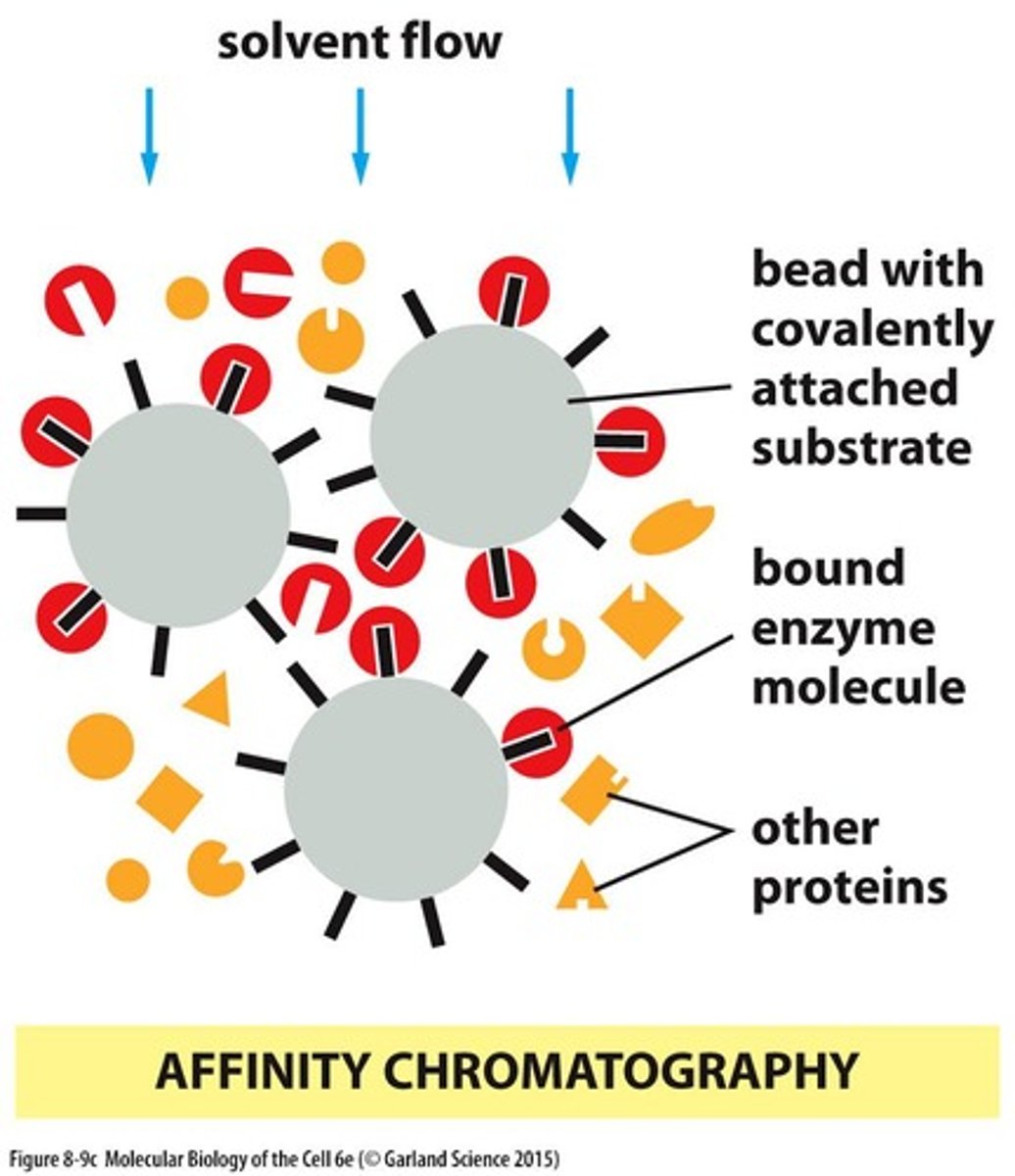
Ion-Exchange Chromatography
Separation based on charge differences of proteins.
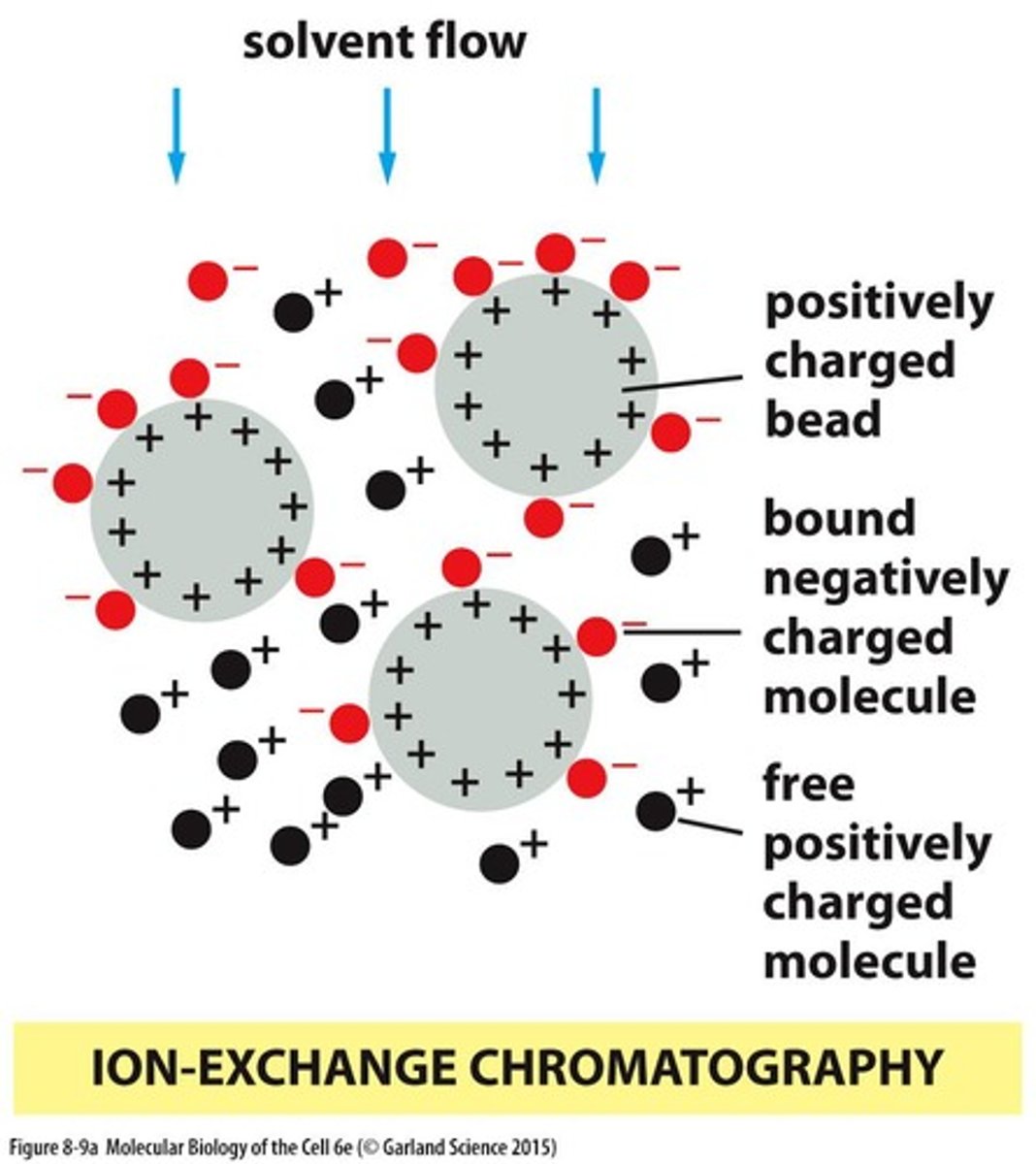
Size-Exclusion Chromatography
Separation based on protein size.
